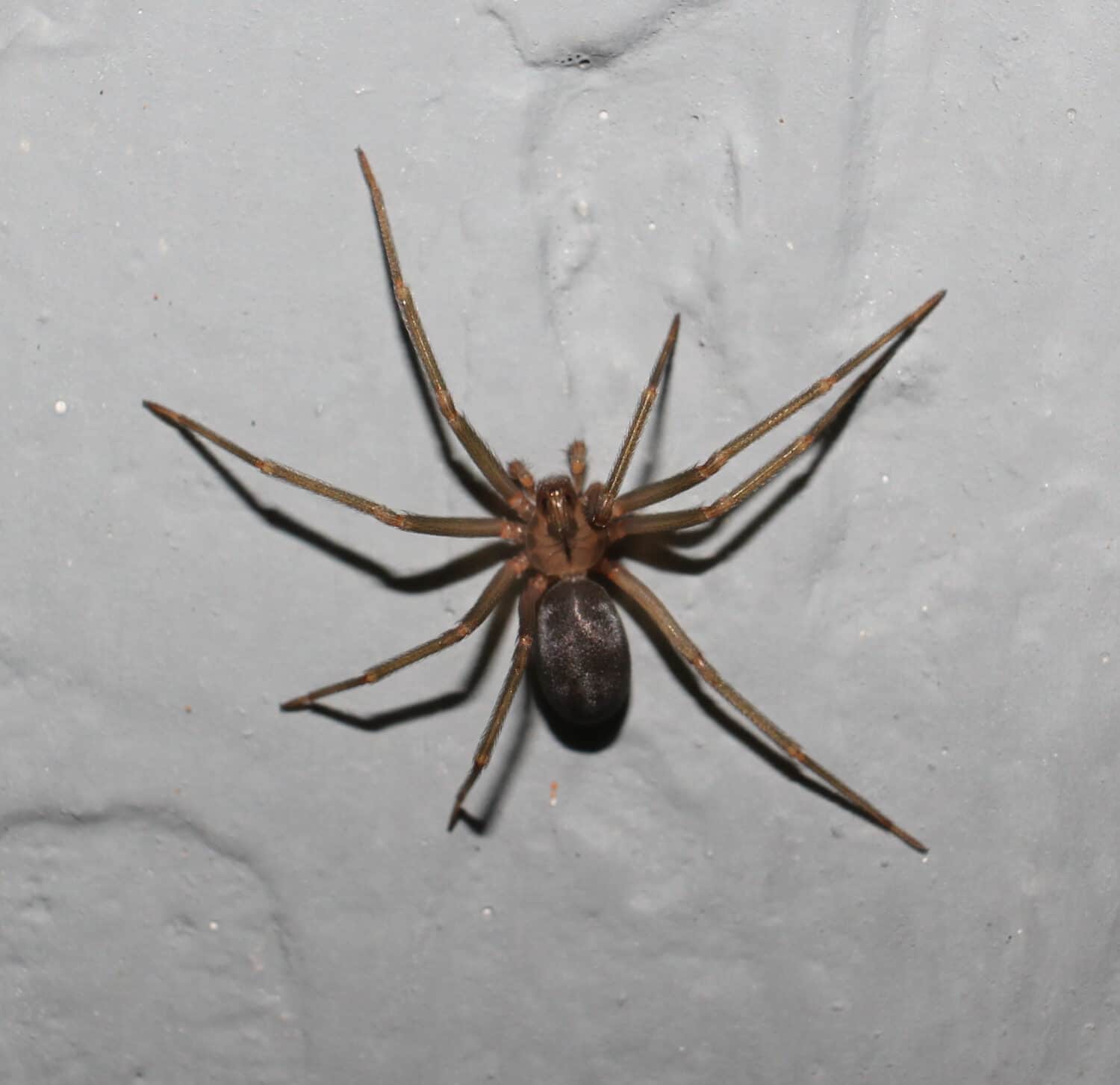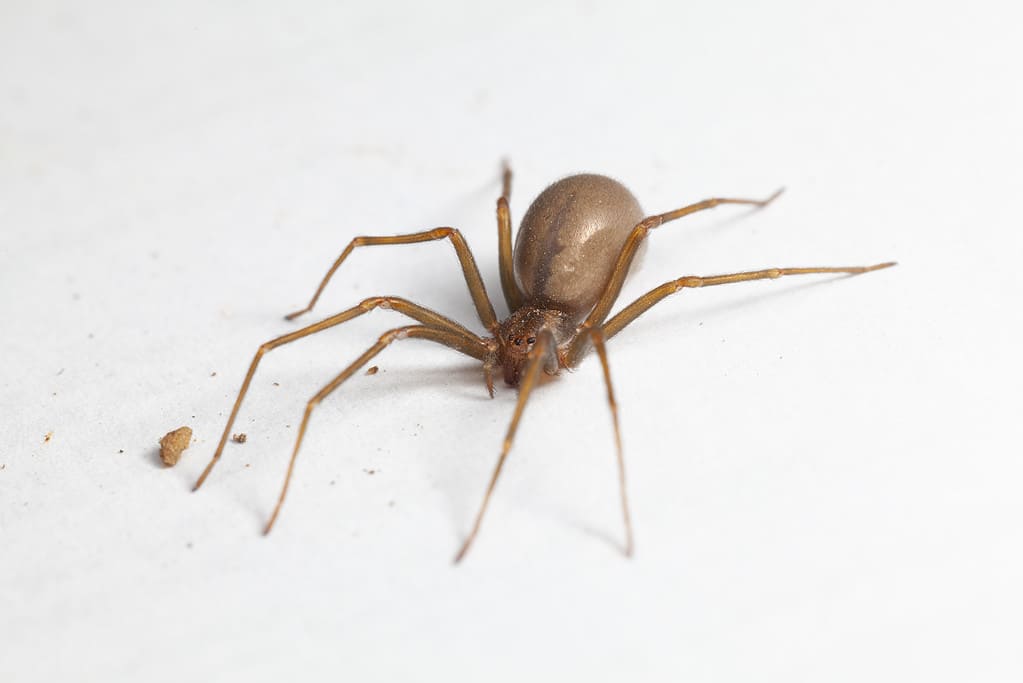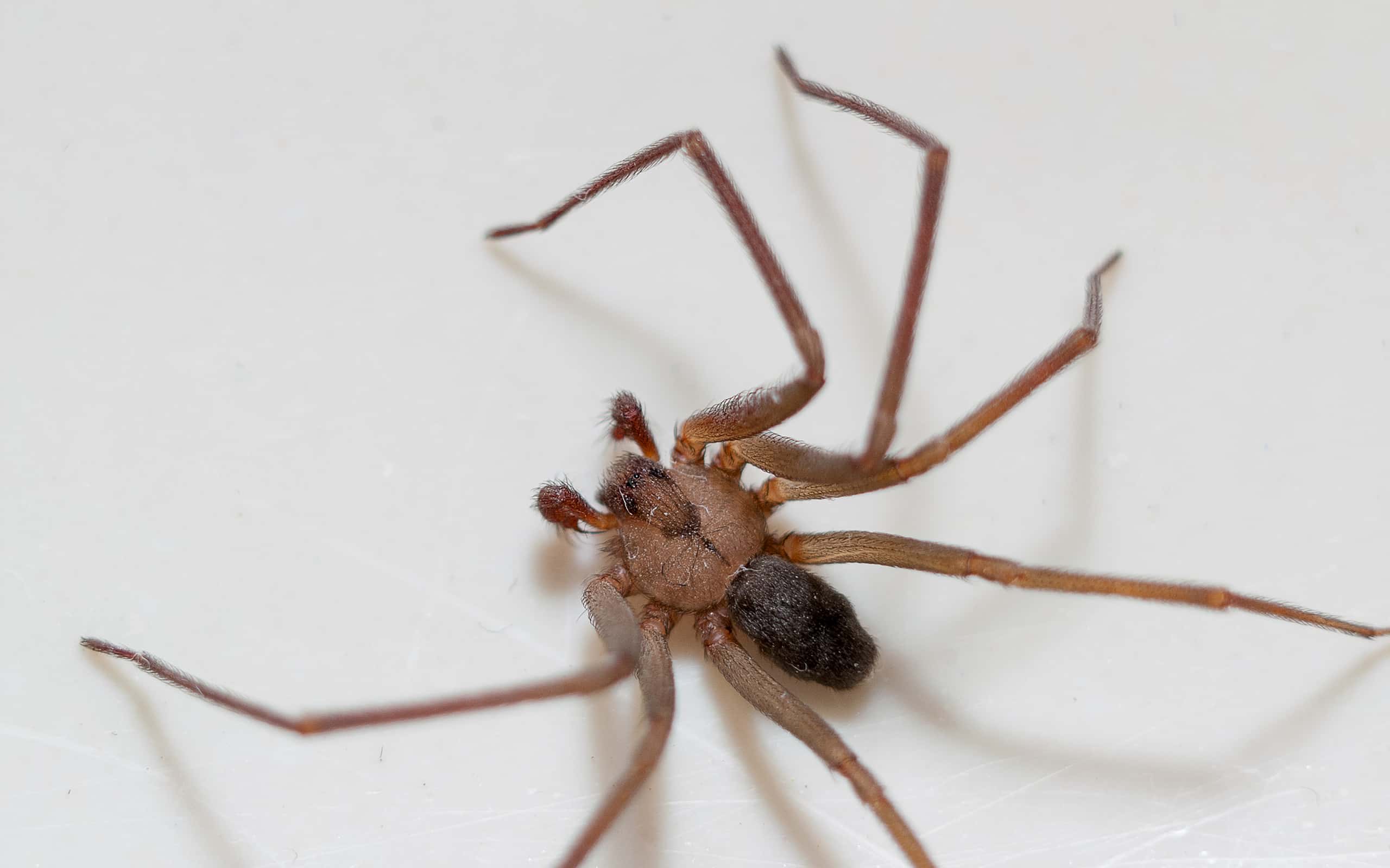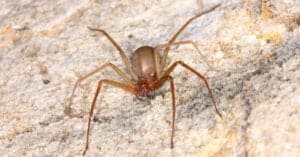Kentucky is a beautiful southeastern state filled with nature, flowing rivers, and brown recluse spiders! If you are like me, spiders are not my cup of tea. Brown recluse spiders are not aggressive, however, having them around can be a nuisance. In 2001, a large infestation of 2,000 brown recluse spiders was removed from a home in Kansas! What a nightmare! This article will discuss the behavior, habitats, and how to avoid these creatures.
The Brown Recluse
The brown recluse spider is light brown with a dark brown fiddle pattern on top of its head. Their body length is 1/2 inches long and legs are the size of a quarter. The brown recluse spider molts five to eight times before becoming an adult. The average adult female spider will lay forty to fifty eggs! Oftentimes, the brown recluse is confused with the funnel weaver, yellow sac, cellar, and tiger wolf spiders because of their habitats and appearances. These spiders are not aggressive and will try to avoid human contact; however, will bite if provoked. A bite from this spider will become red, swollen, and tender to the touch over a 3 to 8-hour period. In some cases, these bites can become necrotic and will need medical treatment.

The brown recluse spider is also known as the violin or fiddle spider because of the appearance it has on its head.
©Keith Davis/Shutterstock.com
Habitat and Behavior
The Brown Recluse spider is all over the state of Kentucky. Their natural habitats are often in hollow logs, woodpiles, under stones, or in between loose bark in trees. Indoors, this spider will hide in barns, sheds, attics, cellars, closets, and attics. These creatures can withstand winter temperatures in cold basements and hot summers in the attic. As mentioned in the previous section, these spiders typically try to avoid human contact and hunt at night. The female brown recluse will stay hidden in dark places, whereas the males and older juveniles will travel. If you see this spider on the floor or out and about during the day, it may be due to being overcrowded in their habitat or because they are hungry.

The brown recluse spider feeds on other arthropods.
©TacioPhilip/iStock / Getty Images Plus via Getty Images
How to Avoid Them
Although these spiders are not aggressive, they will inflict a bite if handled or provoked. If you are seeing more spiders than you are comfortable with, call an exterminator to spray pesticides around the home. Try to keep any firewood or random debris as far away from your home as possible to avoid a colony of these spiders from forming. Shake items that have not been touched or worn for a long period because these types of spiders will hide in these items. Seal cracks and holes around your foundation to keep these critters out of your home. Glue traps should be set in attics and basements to capture most of these spiders wandering around the home.
Thank you for reading! Have some feedback for us? Contact the AZ Animals editorial team.








